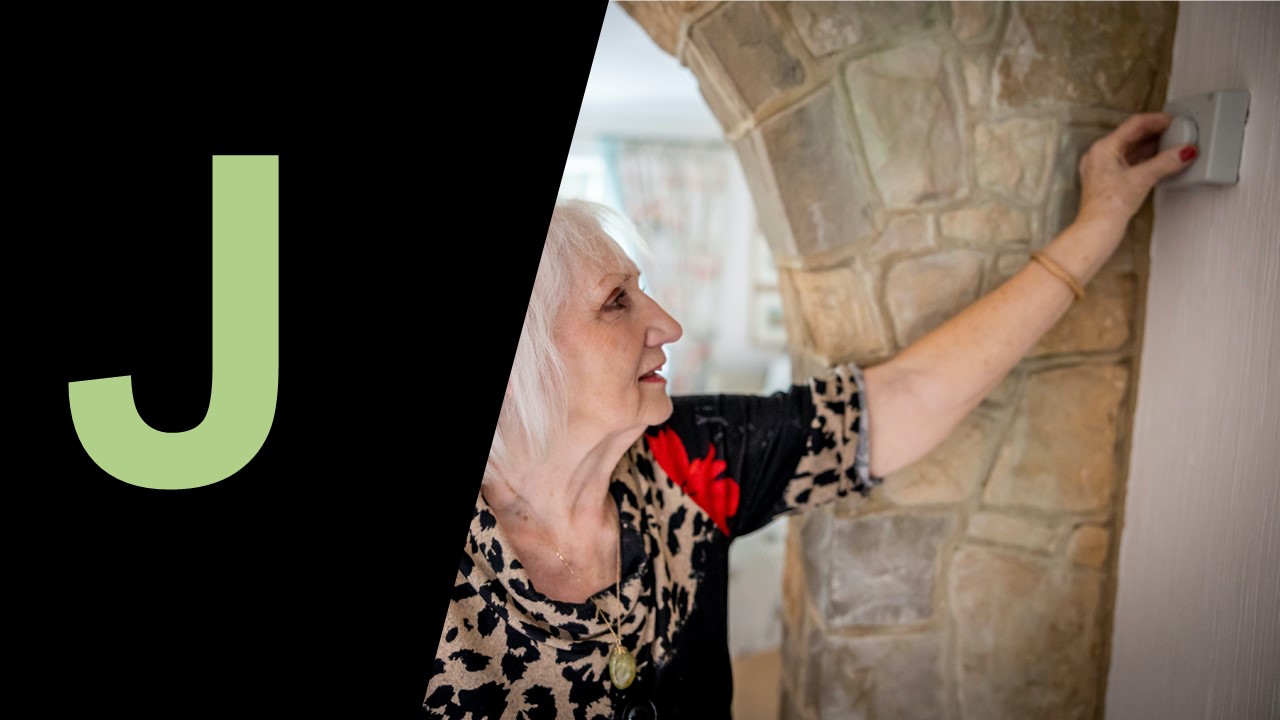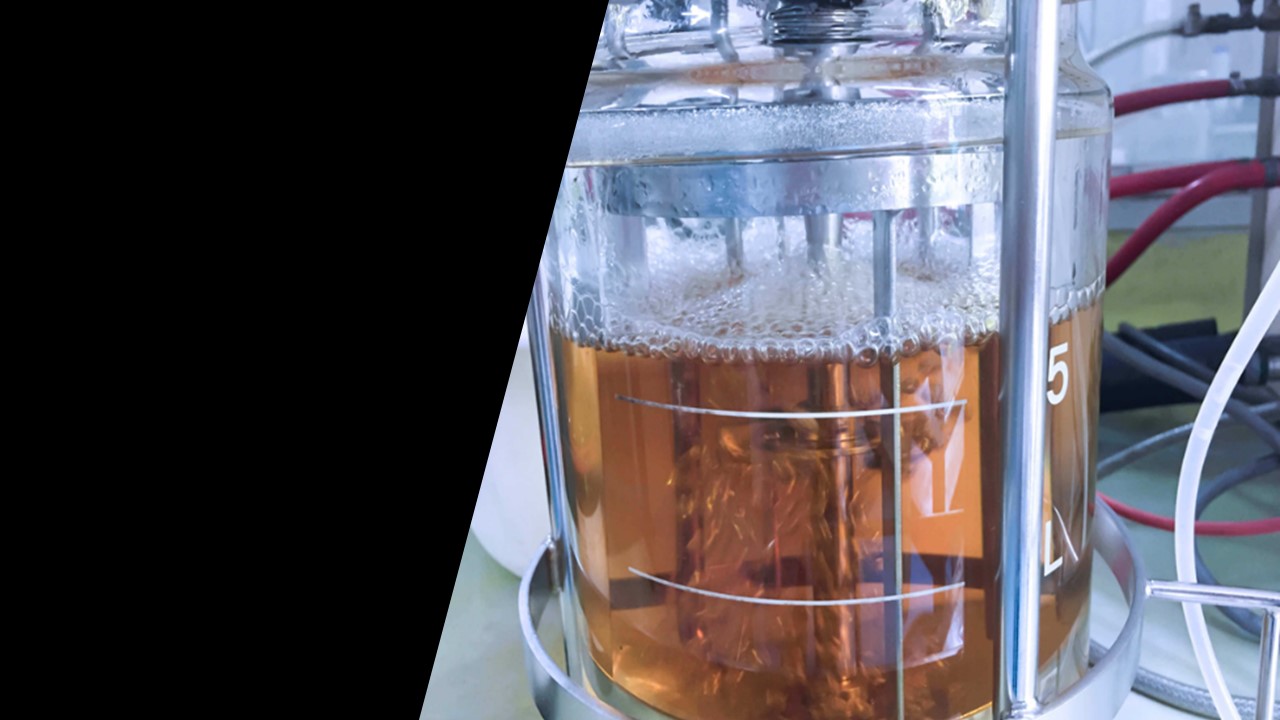Our A-Z of Environmental, Climate and Sustainability Research is a series of short essays by early career researchers in UCD about their work.
If you'd like to submit a piece for the A-Z series or have a suggestion for another topic we should cover do (opens in a new window)get in touch!
B is for Bees
Katherine Burns from the UCD School of Agriculture and Food Science tells us why solitary bees are the working single mothers of the pollinator world and explains what we can do to support them.
C is for Cannabis
Caroline Dowling from the UCD School Biology and Environmental Science explains why Cannabis is a most versatile yet misunderstood crop, with uses in medicine, energy, construction and more.
D is for Degrowth
Ciarán O'Brien, a graduate of the MSc in Sustainable Development in UCD, discusses the idea of degrowth, which critiques global capitalism's pursuit of growth, and advocates for societal transformations to ensure a good life for all within planetary boundaries.
E is for Education
Georgina Fagan, a graduate of the MSc in Environmental Sustainability in UCD, discusses how climate change will impact us all but most of all our youth and captures the views and concerns of children aged 12-16 in relation to climate change.
F is for Finance
Dr Shane McGuinness, a Research Fellow in the School of Architecture, Planning and Environmental Policy at UCD outlines how, like anything in life, money matters in conservation and how large-scale investment can be attracted to conservation.
G is for Gaia
Dr. Federico Cerrone, a senior postdoctoral researcher in the Bioeconomy SFI Research Centre (BiOrbic) at UCD, explores how Earth can be seen as a superorganism able to control the environmental conditions thanks to the cooperation and for the benefit of the living biodiversity within Her.
H is for Hydrometry
Kate de Smeth, a PhD student in the UCD School of Geography explores rescuing old river flow records and explains why and how hydrologists use historic documents to help understand river behaviour in the past, present and possible future.
I is for Innovation
Innovation is a popular buzzword in sustainability. COP27 even had an ‘Innovation Zone’. But what is innovation, and what can we learn about innovation in the context of the bioeconomy asks Hannah Gould, a PhD candidate at BiOrbic.

J is for Justice
Energy poverty is impacting the standard of living and mental wellbeing of Ireland’s most vulnerable citizens. To deliver solutions in line with UN Sustainable Development Goal commitments, we need to listen to the lived experiences of these households, says Lauren Minion, Sustainability Officer with the national housing and homeless charity, the Peter McVerry Trust, and UCD graduate.
K is for Kelp
Improving methods for processing kelp can help seaweed farmers preserve large amounts of kelp quickly, easily, and cheaply – and in a more environmentally friendly way because they are using less fossil fuel-powered heat. This quest to improve methods for processing kelp has taken Priya Pollard - from the UCD School of Biosystems and Food Engineering - from Ireland to the Arctic Circle.
L is for Landscape
Tomas Buitendijk from iCRAG, the School of Earth Sciences and the Earth Institute at UCD tells us about why the coastal landscape matters to people and how this relationship can be protected during periods of change.
L is for Landscape part 2
Amy Strecker and Amanda Byer from UCD’s Sutherland School of Law explain why landscape is more than a view and why protecting place-based understandings of land is critical for sustainable land use.
M is for Mammal
The history of mammals in Ireland is complicated, with extinctions of large mammals in the past and management problems in the present. Will it come full circle with the reintroduction of some of the long-gone large mammals in the future?, asks Virginia Morera-Pujol, a postdoctoral researcher in the School of Biology and Environmental Sciences.
N is for Nitrogen
Ernest Osei-Asante's research investigates how optimising livestock diets can mitigate urine nitrogen emissions. By understanding nitrogen loss pathways and exploring practical interventions, Ernest (UCD School of Agriculture and Food Science Doctoral Researcher and Teagasc Walsh Scholar) aims to identify solutions that balance environmental sustainability with agricultural productivity.

Reusing microbial ‘bathwater’ for sustainable drug production
Laura Murphy, a PhD candidate at BiOrbic, explores how reusing large volumes of liquid waste produced by drug manufacturing, specifically waste made by yeast, can lead to more sustainable drug production.